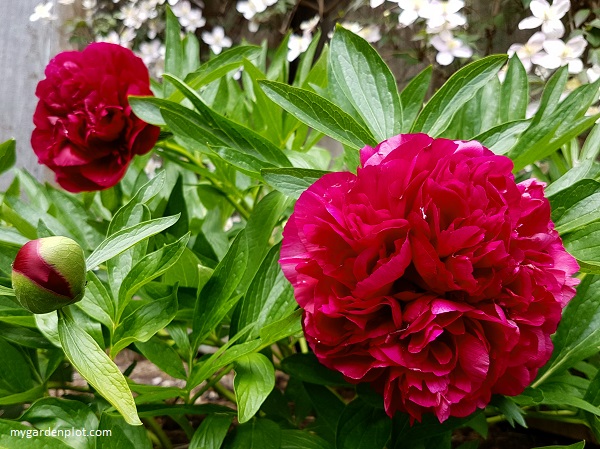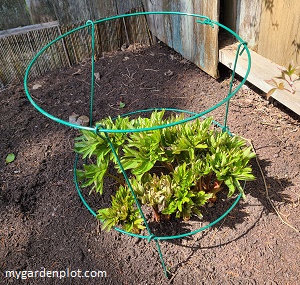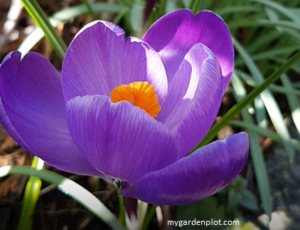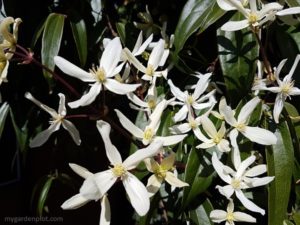Paeonia, Paeony or Peony?
Famously painted in 1882 by Claude Monet, and believed to be named after Paean, Physician of the Greek gods, the peony has been admired for many centuries. Originally from China and held in honour in Asian traditions, including Japan and South Korean, the peony symbolizes romance, friendship, prosperity, and hope. Today, it is a gardeners’ and florists’ favourite for its lush blooms. They are stunningly beautiful and come in a wide variety of colours and shapes. Below are details how to grow peonies, and how to care and prune a herbaceous peony (also known as bush peony).
Peonies Make Exceptional Cut Flowers
As a cut flower, it is best to snip before the large bud opens up. It will fully open indoors and give you a more extended display than if you cut after the flower had opened up. Keep the water fresh and change daily. I sometimes add a couple ice cubes to the water to keep it cool in the vase. And always out of direct sunlight in the room. Re-cut the end of the stems every two to three days to help keep them fresh. Regarding any ants, read below how to manage this.
Types Of Peonies
There are three types of peonies, the tree peony, the herbaceous peony, also known as the bush peony, and the Itoh peony.
- The tree peony named the King of Flowers is a woody-stemmed deciduous shrub that flowers early in the season. For more details, see: How To Grow A Tree Peony and Pruning A Tree Peony
- The herbaceous or bush peony is the more familiar garden type with a compact clump structure. This perennial will adorn your garden year after year. In addition to the exotic spring and early summer flowers, their foliage is attractive too after the flowers have faded. Offering a deep green backdrop for the remainder of the season for summer flowers.
-
The Itoh is an intersectional peony. This hybrid was named after the Japanese horticulturist Toichi Itoh who successfully developed the first one in the late 1940s. The Itoh peony shares qualities between the
tree and herbaceous peony.
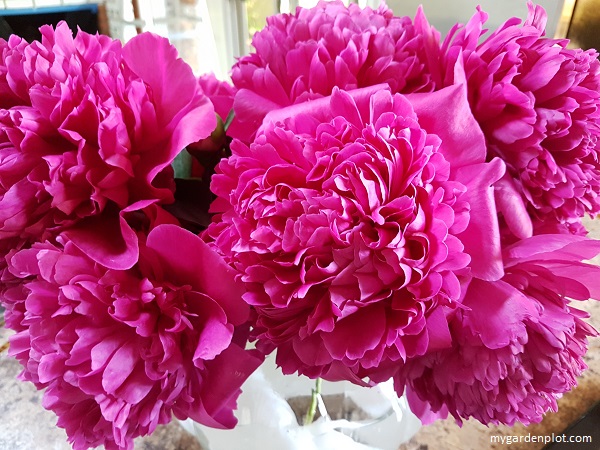
Herbaceous / Bush Peony At A Glance
Type: Herbaceous Perennial
Location: Full Sun
Blooming Season: Spring, Early Summer
Height: 60-90 cm (24-36 inches)
Where To Plant And How To Care And Grow Peonies
It can take up to five years for the herbaceous peony to mature and grow into full size. The bare-root tubers purchased from your garden store will likely be from a three- or four-year-old peony.
It should be planted in fertile, well-drained soil where it will not be moved. All peonies thrive in a sunny east- or west-facing location where it is sheltered from strong winds. Plant the tuberous roots so that its ‘eyes’ pointing upwards are about one to two inches below the soil surface. The depth when planting the herbaceous peony is essential in your preparation. If planted too deeply, it will suffer and not flower. The best time to plant bare-root tubers is in autumn when it is dormant. In our wet coastal regions, ensure the location drains well during the cold winter months as boggy soil can encourage root rot. Don’t crowd your peony as it also likes to have good air circulation. Check the specific area and size recommended for the species you are planting.
Recommended Peony Support Rings
When To Trim And Cut Back Peonies
Peonies make excellent cut flowers for your home. If you do leave them in the garden, remove any dead flowers when they have faded so that your peony does not put energy into producing seeds. Let the foliage naturally fade. In autumn, after the foliage has died back, cut the herbaceous peony down to ground level. Treat your Itoh peony the same way you treat the herbaceous peony.
For information about tree peonies, see: How To Prune A Tree Peony
Interesting Note About Ants
You may wonder why there are ants on your peony buds. Don’t be concerned! Ants are naturally attracted to the sugary sap secreted by the peony. This is beneficial for the plant as the ants go after bud-eating pests and help keep the flowers safe. Usually there are just a few ants, but if there are too many, you may need to consider some ant control method.
Cut peony flowers for a bouquet? If you are bringing in your blossoms into your home, you’ll not want the ants to accompany them. If you see any, simply flick off the ant and quickly immerse the bud in water.
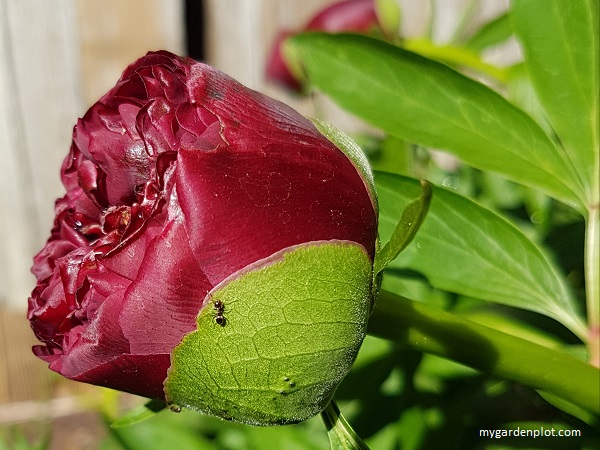
RELATED TOPIC: Buyer’s Guide On How To Choose Hand Pruners (Secateurs)

